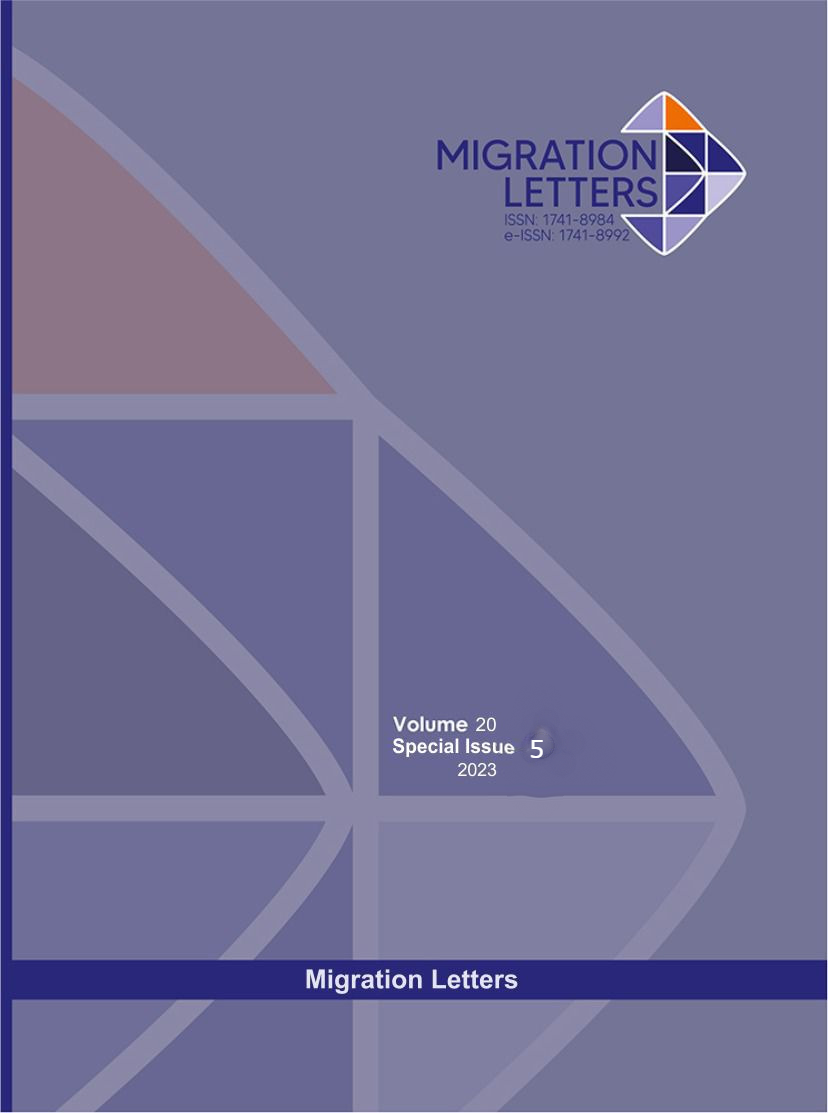Histopathological Assessment of Cigarette Butt and Vape Oil Extracts on Rat Organs: GC-MS Identification of Active Components
DOI:
https://doi.org/10.59670/ml.v20iS5.4037Abstract
The objective of this study was to investigate the chemical composition and histopathological effects of diverse extracts and vape oil on rat organs. Utilizing gas chromatography-mass spectrometry (GC-MS), we analyzed seven distinct extracts, comprising Vape Oil, Intact Cigarette Water Extract, Intact Cigarette Ethyl Acetate Extract, Intact Cigarette Petroleum Ether Extract, Cigarette Buds Ethanol Extract, and Cigarette Buds Petroleum Ether Extract. The findings revealed substantial variations in the chemical constituents of the tested extracts, highlighting their heterogeneous nature.
Among the identified compounds, n-Hexadecanoic acid showed higher concentrations in the Ethyl Acetate Extract of Intact Cigarette, Vape Oil, and Petroleum Ether Extract, while Oleic Acid predominated in both the Ethanol and Petroleum Ether Extracts of Intact Cigarette. Additionally, Tetrapentacontane, 1,54-dibromo-, exhibited elevated levels in the Water Extract of Intact Cigarette and Petroleum Ether Extract. The heightened levels of specific compounds in Vape Oil necessitate further investigation into their potential biological activities and toxicological profiles.
Histopathological examinations were performed on rat organs exposed to various concentrations of the extracts and vape oil. The Cigarette Buds Water Extract demonstrated a favorable effect on brain tissue, resulting in clear and well-preserved brain cells. However, the Petroleum Extract (present in both the Cigarette Buds and Intact groups) revealed concerning findings, indicating its potential association with hepatocellular carcinoma (HCC) in the liver. Furthermore, all tested extracts impacted kidney tissues, leading to notable enlargement of glomerular cells and tubules, termed super megaly. Conversely, the histopathological analysis of the vape oil group showed no indications of abnormalities or adverse effects on the organs, signifying its relative safety compared to the other tested extracts.
Overall, the study provides valuable insights into the chemical diversity and histopathological effects of various extracts and vape oil on rat organs. The findings underscore the importance of further research to assess the safety and potential risks associated with these extracts. The identification of HCC in the liver tissue underscores the significance of evaluating the safety of these extracts for consumers. Moreover, the relative safety of vape oil compared to the tested extracts suggests its potential as a less harmful alternative for organ health. This research contributes essential knowledge regarding the potential risks linked to these extracts and offers valuable guidance for regulatory bodies and researchers in making informed decisions to ensure consumer safety.
Metrics
Downloads
Published
How to Cite
Issue
Section
License

This work is licensed under a Creative Commons Attribution-NonCommercial-NoDerivatives 4.0 International License.
CC Attribution-NonCommercial-NoDerivatives 4.0






